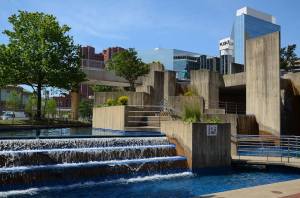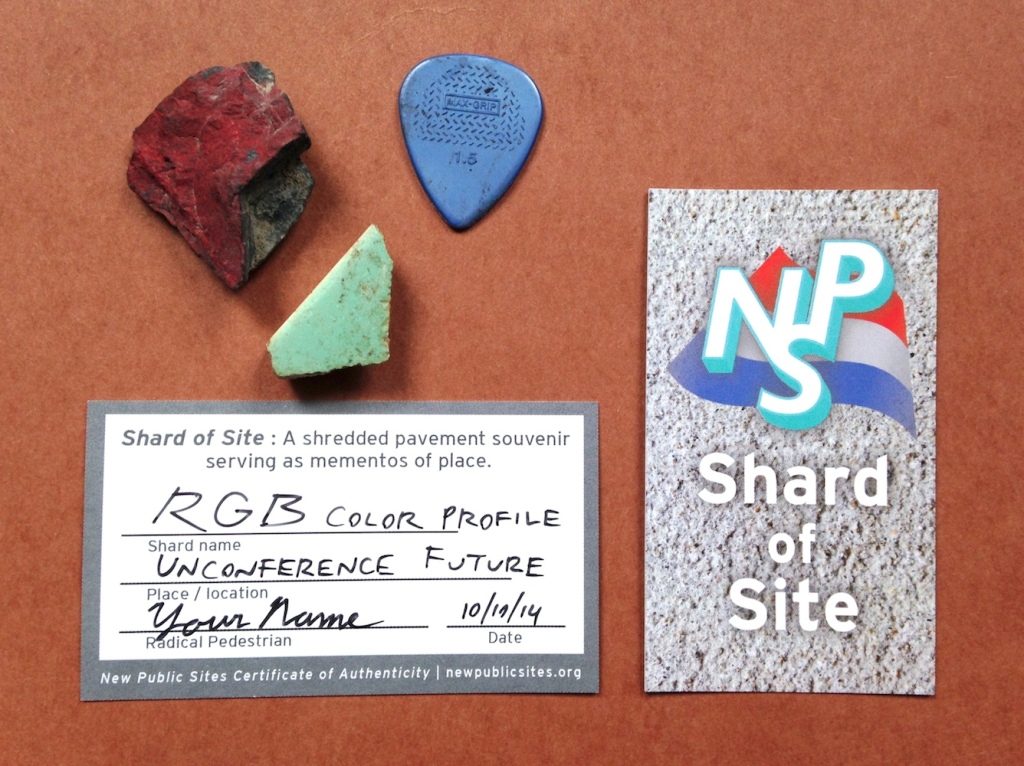10-10:50am Morning Session
France Hall: Developing an Oral History Project – Betsy WORKSHOP
Merrick (front): Museum Membership Co-ops – Allison
Counting (back): Connecting International Students to Local History – Ryan
3rd floor classroom: Collections Management – Adam
11am-12pm Late Morning Session
France Hall: Introduction to HOPE Crew – Engaging a New Generation of Preservationists – Monica WORKSHOP
Merrick (front): Making Friends with Brutalism – Fred
Counting (back): Contemporary Collecting – Cassie
3rd floor classroom: Exploring Strategies for Inclusivity and Relevance – Auni
MHC: Wikipedia and Cultural Institutions – Jenny
12:15-1:40pm LUNCH & LIGHTNING TALKS
1:50-2:40pm Afternoon I Sessions
France Hall: Getting Started in Genealogy: Tracing Freedom’s First Generation to 1870 – Lisa WORKSHOP
Merrick (front): When the Past Meets Current Tensions and Concerns – Jennifer
Counting (back): Continuity Between Annual Meetings – Harriet
PLAY (meet in lobby): Sharing Shards of Sites – Graham
2:50-3:40pm Afternoon II Sessions
France Hall: Digital Storytelling with Omeka and Curatescape – Eli WORKSHOP
Merrick (front): The Social Responsibility of Museums – Robert
3rd floor classroom: Preserving Urban Renewal – Nell
PLAY (meet in lobby): Tag and Tweet – Dean
3:50-4:40pm FINAL BREAKDOWN back in France Hall
TOUR (MdHS) & HAPPY HOUR @ Owl Bar 1 E. Chase St. Baltimore


Recent Comments